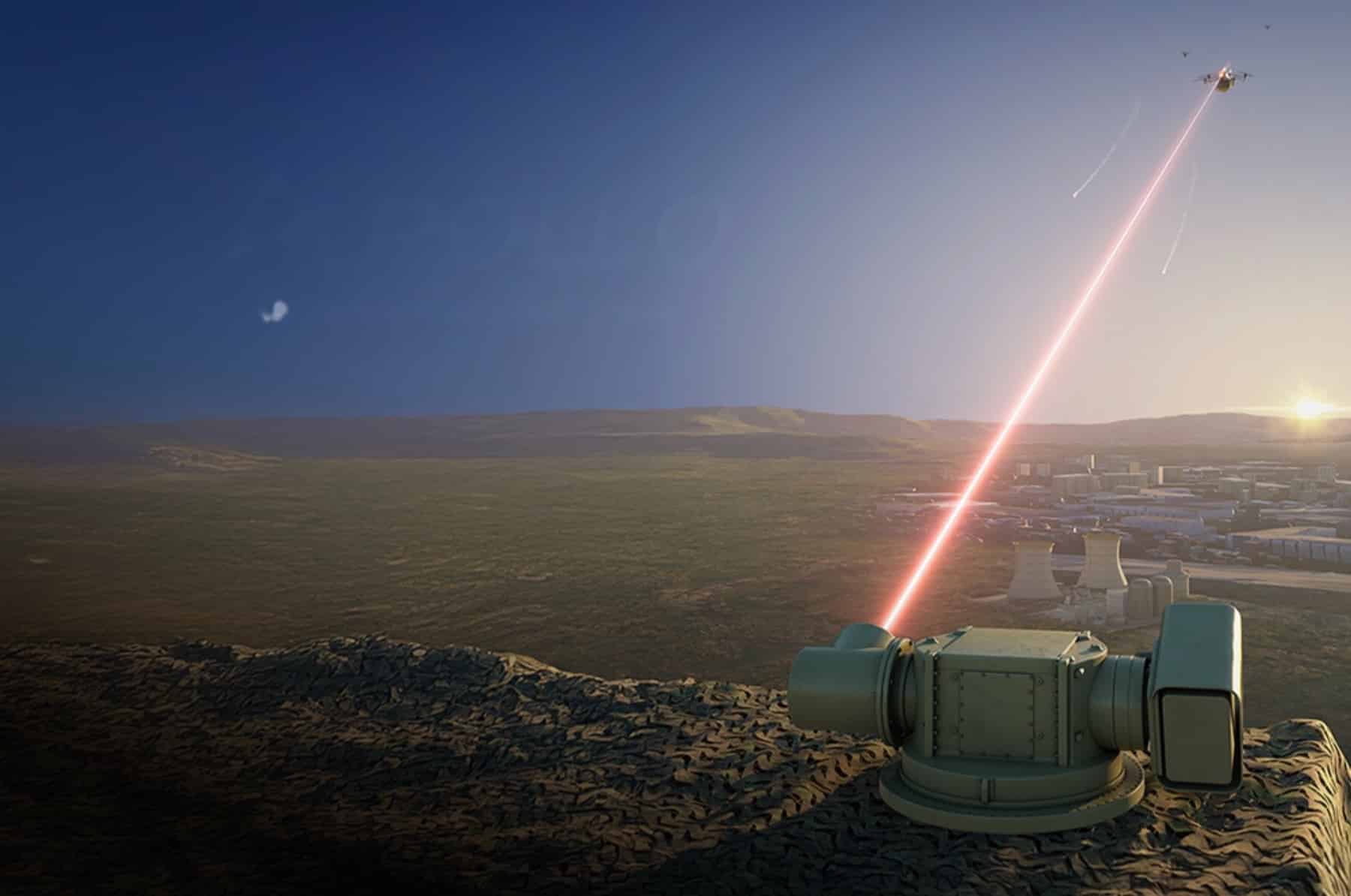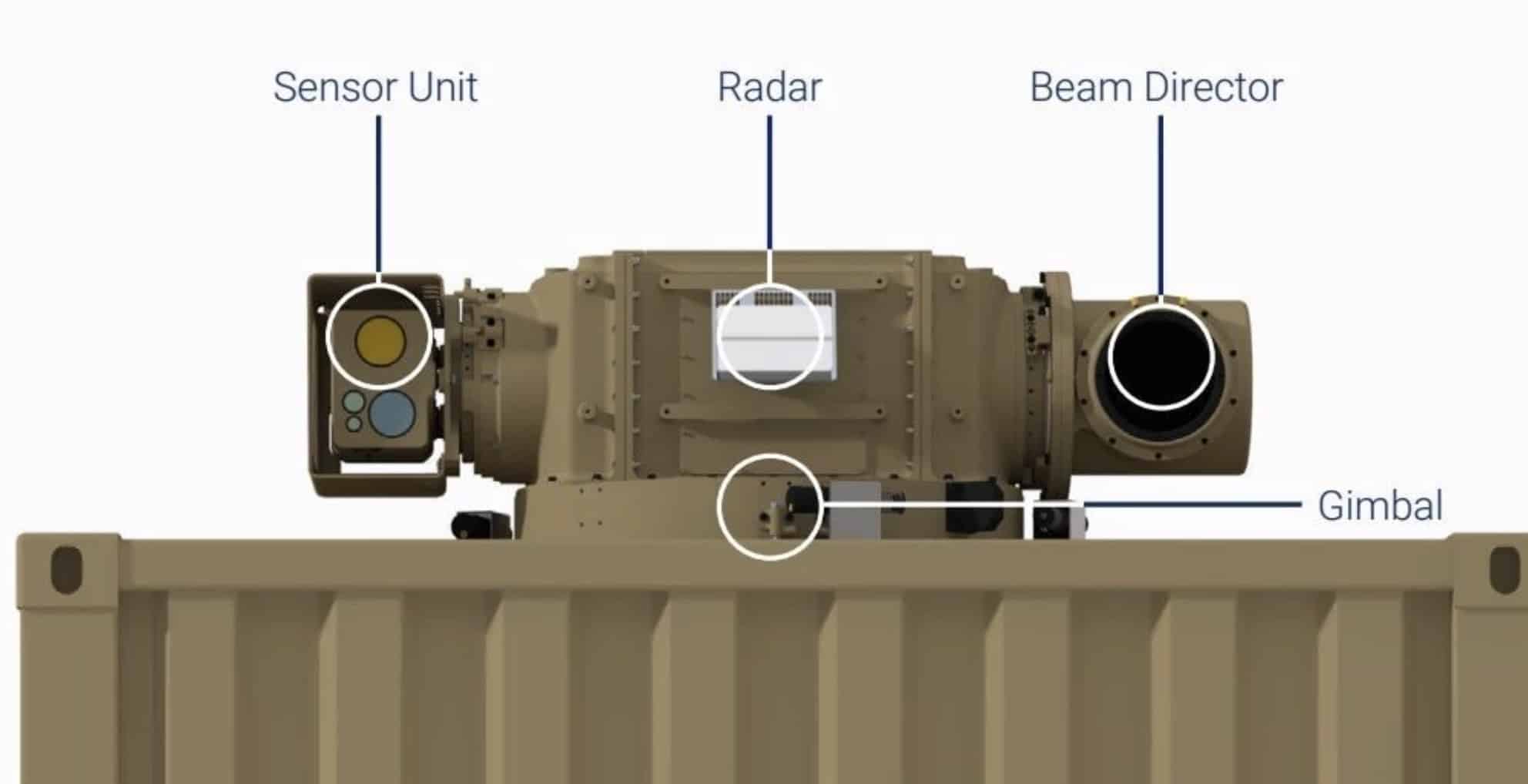Game Over for Drone Attacks? NATO’s New Laser Can Zap 20 Per Minute

A European NATO member is set to acquire a high-power laser air defense system from an Australian firm, marking a significant escalation in the race to field effective countermeasures against the growing threat of weaponized drones. This move signals a pivotal shift from costly traditional air defenses to more sustainable directed energy weapons, a development poised to reshape the future of warfare and the counter-drone industry.
This news is critical for drone professionals and C-UAS (Counter-Unmanned Aircraft Systems) operators because it confirms that high-power laser systems are no longer experimental prototypes but are entering the operational mainstream. As detailed in a report by The New York Times, the increasing use of drone swarms in conflicts like the one in Ukraine has created an urgent demand for cheaper, more efficient defense solutions, accelerating the adoption of technologies that were once confined to science fiction.

Apollo: A High-Power, Low-Cost Solution
The system at the center of the deal is the “Apollo,” a 100-kilowatt laser developed by Australian defense company Electro Optic Systems. The company claims the Apollo can neutralize up to 20 drones per minute at a cost of less than 10 cents per shot—a stark contrast to the million-dollar missiles used by systems like the American-made Patriot. The entire system, including training and parts, is being marketed for approximately $83 million and is slated for delivery by 2028.
Andreas Schwer, the chief executive of Electro Optic Systems, stated that recent conflicts have been a major catalyst. “The Ukrainian war and the Gaza war were key trigger events that everybody thought, ‘It’s the time now to make this operational,’” Schwer said. “We should not spend any more years in doing demonstrations, tests and prototyping.”
The Evolving Threat of Drone Swarms
The urgency for such systems has been underscored by recent events in Eastern Europe. Russia has deployed massive drone assaults on Ukraine, including one barrage of over 800 drones and decoys. More alarmingly, cheap, low-tech drones made of plywood and Styrofoam have successfully penetrated the airspace of NATO member Poland, bypassing sophisticated, multi-million-dollar interceptors. This highlights a critical vulnerability: conventional air defenses are not economically viable against swarms of inexpensive, expendable drones.
While lasers offer a compelling alternative, the technology is not without its limitations. Effectiveness can be diminished by adverse weather conditions like rain, fog, and humidity, which can disrupt the laser’s precision. Furthermore, most current systems have a limited range of a few kilometers (roughly 1-3 miles) and lack the power to intercept larger threats like ballistic missiles.
A New Era in Warfare
Despite the drawbacks, the momentum behind directed energy weapons is undeniable. The Pentagon is reportedly investing around $1 billion annually in their development, and Israel is preparing to deploy its own high-power laser system, the Iron Beam, in the coming months. Yuval Steinitz, chairman of the Israeli weapons supplier Rafael, believes this is a revolutionary moment. “In the decades to come, it’s going to be a total revolution in the history of warfare,” he predicted. “This is just the beginning of the beginning.”
DroneXL’s Take
The move to acquire a high-power laser system by a NATO nation is more than just a defense procurement deal; it’s a clear indicator of where the front lines are being drawn in the battle against autonomous threats. For the drone industry, this signals a massive and rapidly growing market for C-UAS technology. However, it also raises important questions. How will these systems perform outside of controlled tests and in the unpredictable conditions of a real-world conflict? As this technology becomes more widespread, what are the implications for civilian and commercial drone operations, which could be inadvertently targeted? The age of laser-based drone defense is here, and its impact will be felt far beyond the battlefield. We invite you to share your thoughts in the comments below.
Photo credit: EOS
Discover more from DroneXL.co
Subscribe to get the latest posts sent to your email.
Check out our Classic Line of T-Shirts, Polos, Hoodies and more in our new store today!

MAKE YOUR VOICE HEARD
Proposed legislation threatens your ability to use drones for fun, work, and safety. The Drone Advocacy Alliance is fighting to ensure your voice is heard in these critical policy discussions.Join us and tell your elected officials to protect your right to fly.
Get your Part 107 Certificate
Pass the Part 107 test and take to the skies with the Pilot Institute. We have helped thousands of people become airplane and commercial drone pilots. Our courses are designed by industry experts to help you pass FAA tests and achieve your dreams.

Copyright © DroneXL.co 2025. All rights reserved. The content, images, and intellectual property on this website are protected by copyright law. Reproduction or distribution of any material without prior written permission from DroneXL.co is strictly prohibited. For permissions and inquiries, please contact us first. DroneXL.co is a proud partner of the Drone Advocacy Alliance. Be sure to check out DroneXL's sister site, EVXL.co, for all the latest news on electric vehicles.
FTC: DroneXL.co is an Amazon Associate and uses affiliate links that can generate income from qualifying purchases. We do not sell, share, rent out, or spam your email.


















